Snakes are fascinating creatures that have found their way into many households as exotic pets. While they may not exhibit the same outward emotional responses as mammals like dogs or cats, snake owners often notice behavioral changes that they interpret as “pouting” after a habitat modification. When a snake’s enclosure undergoes changes, whether minor adjustments or complete overhauls, these reptiles may display behaviors that seem like displeasure or sulking. This apparent emotional response isn’t quite what it seems on the surface, but rather represents complex biological and instinctual reactions to environmental shifts. Understanding why snakes appear to “pout” after tank changes can help owners better care for their scaly companions and recognize normal versus concerning behaviors.
The Snake’s Reliance on Environmental Stability

Snakes are creatures that thrive on consistency and predictability in their surroundings. In the wild, they establish territories that they come to know intimately, learning every hiding spot, basking location, and potential threat or food source. This intimate knowledge of their environment is crucial for their survival, as it allows them to hunt efficiently and avoid predators. When kept as pets, snakes develop the same detailed mental mapping of their enclosures, becoming highly attuned to the specific arrangement of hides, branches, water dishes, and substrate. Any change to this carefully memorized environment essentially forces the snake to start over in terms of establishing security in their space, which can be stressful and disorienting for these sensitive reptiles.
Stress Response vs. True “Pouting”

What snake owners often interpret as “pouting” is actually a natural stress response to environmental changes. Unlike mammals, snakes don’t possess the emotional complexity to feel spite, resentment, or to “sulk” in the human sense of the word. Instead, they exhibit a series of defensive and self-protective behaviors when their environment changes unexpectedly. These behaviors might include refusing food, remaining hidden for extended periods, decreased activity, or displaying defensive postures when approached. From an evolutionary perspective, these responses make perfect sense – when a snake’s territory is disturbed in the wild, it signals potential danger, and the safest response is to become cautious and vigilant until the threat passes. The apparent “pouting” is actually the snake’s way of adapting to what it perceives as a potentially dangerous situation.
The Science of Scent and Territory
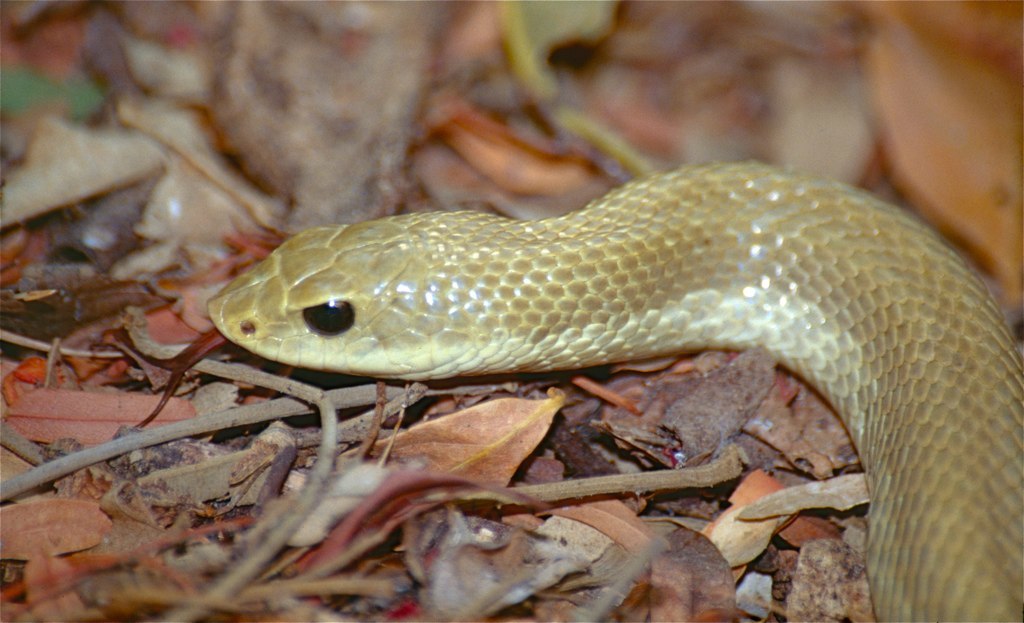
A major factor in a snake’s response to tank changes involves their highly developed sense of smell and reliance on scent marking. Snakes constantly deposit their own scent throughout their enclosure by rubbing their bodies against surfaces as they move. This creates a familiar olfactory landscape that signals “safety” to the reptile. When an enclosure is cleaned thoroughly or rearranged, these familiar scent markers are removed, essentially making the space “foreign” to the snake. For many species, this is equivalent to being placed in an entirely new environment, triggering stress and cautious behavior. Some more sensitive species may take days or even weeks to re-establish their scent territory and begin feeling secure again. This biological reality explains why even minor cleaning can sometimes trigger what appears to be a dramatic emotional response.
Temperature and Humidity Disruptions

Snakes are ectothermic animals that rely entirely on their environment to regulate body temperature and physiological functions. When a tank change occurs, even subtle shifts in the temperature gradient or humidity levels can significantly impact a snake’s behavior and comfort. New substrate may retain heat differently, repositioned hides might no longer provide the ideal microclimate, or a shifted heat lamp could alter the thermal gradient that the snake had grown accustomed to. These environmental disruptions force the snake to expend energy finding new ideal spots for thermoregulation, which can be stressful and lead to behaviors that owners interpret as sulking. Until the snake has mapped out the new thermal landscape of its enclosure, it may remain unusually inactive or hide excessively as it adapts to the changed conditions.
The Impact of Visual Changes
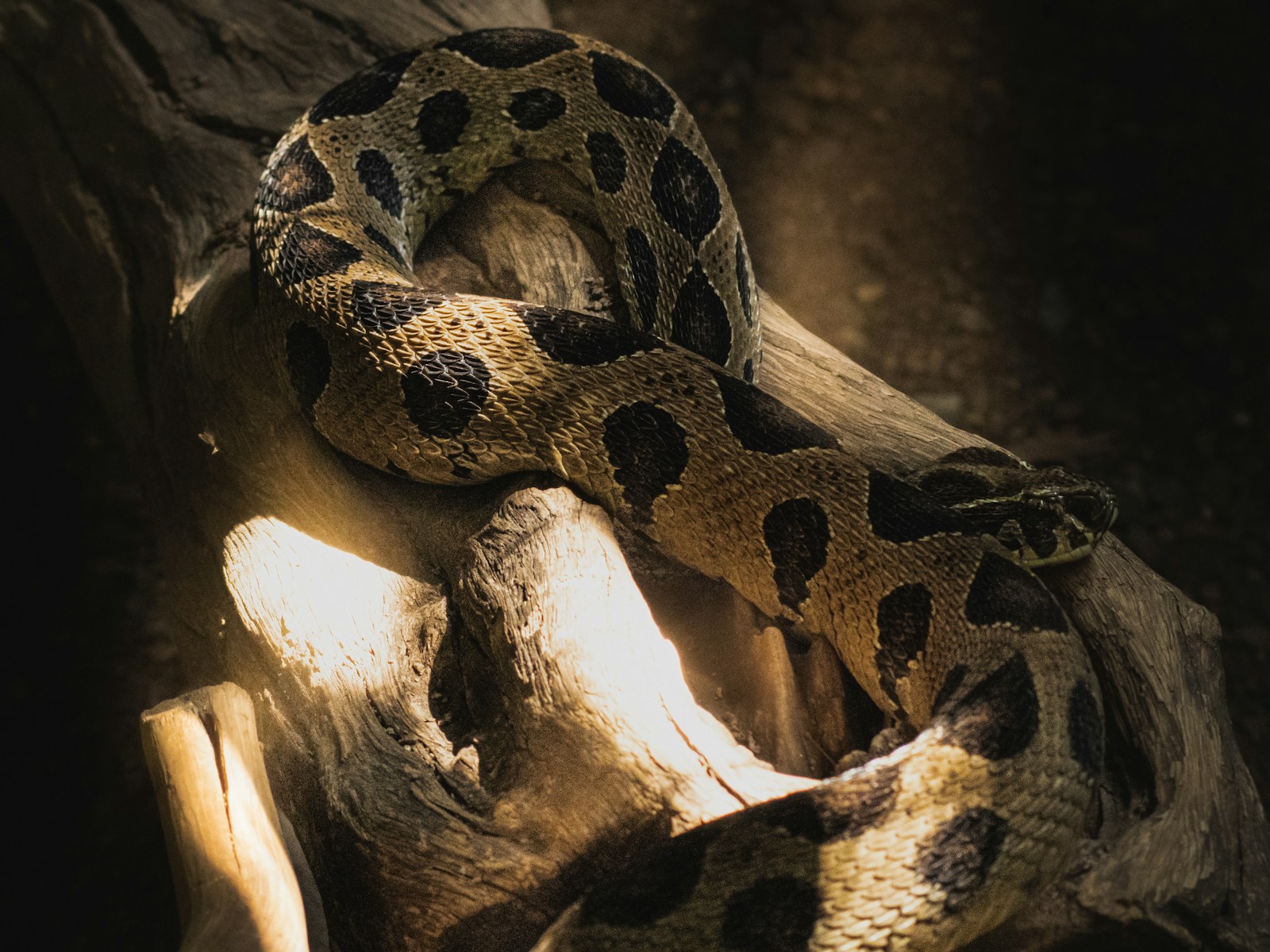
While snakes don’t have the sharpest vision among reptiles, they are still highly sensitive to visual changes in their environment. Snakes rely on recognizing familiar shapes, shadows, and outlines within their habitat to navigate safely and feel secure. When decorations are rearranged or replaced, lighting is altered, or the tank is moved to a new location with different external visual stimuli, a snake can become disoriented and stressed. This visual disruption can be particularly impactful for arboreal species that rely heavily on memorizing branch arrangements for movement and hunting. Some snakes may freeze in place or refuse to explore parts of the enclosure that look unfamiliar, behaviors that can easily be misinterpreted as the snake being upset or “pouting” about the changes when they’re actually trying to process and adapt to the new visual information.
Feeding Strikes Following Tank Changes
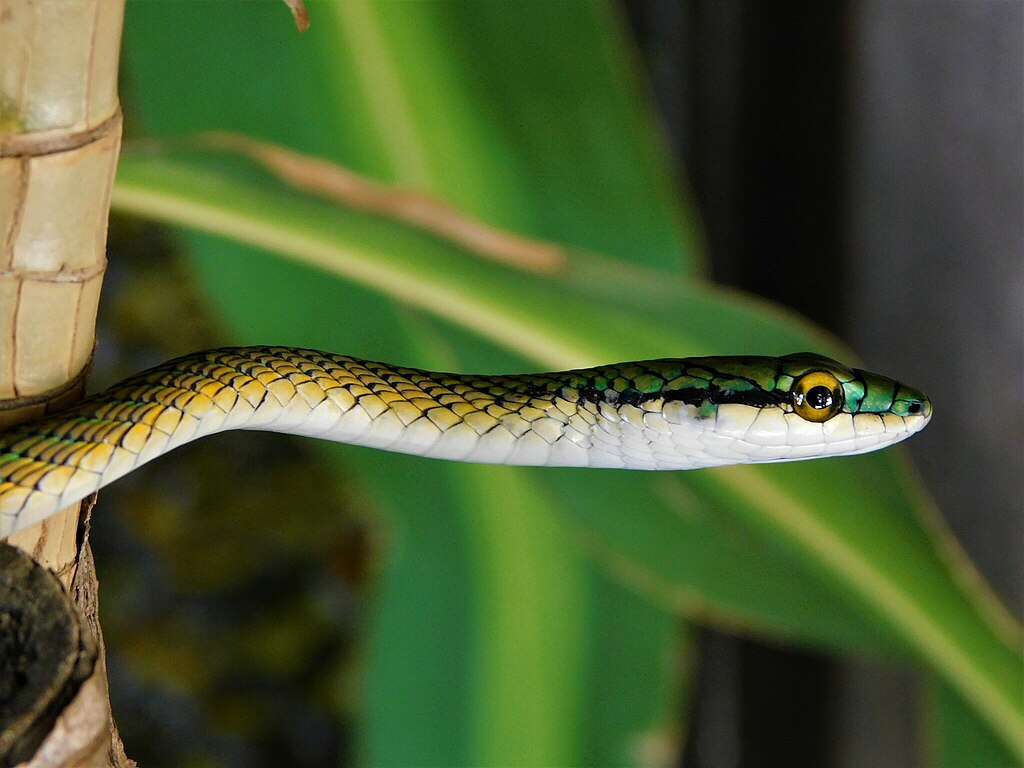
One of the most common “pouting” behaviors that concern snake owners is a refusal to eat following habitat modifications. This feeding strike is actually a logical response from the snake’s perspective and serves as a survival mechanism. In the wild, unfamiliar territory represents potential danger, and digesting a meal requires a snake to be vulnerable for days as they focus their energy on digestion rather than defense or escape. By refusing food, the snake is conserving energy and remaining alert until it can confirm the new environment is safe. For most healthy adult snakes, a feeding strike lasting a few weeks isn’t physically harmful, though it can certainly worry owners. Juvenile snakes have smaller energy reserves and may need more careful monitoring if they refuse multiple meals after a tank change.
Species-Specific Sensitivity to Change
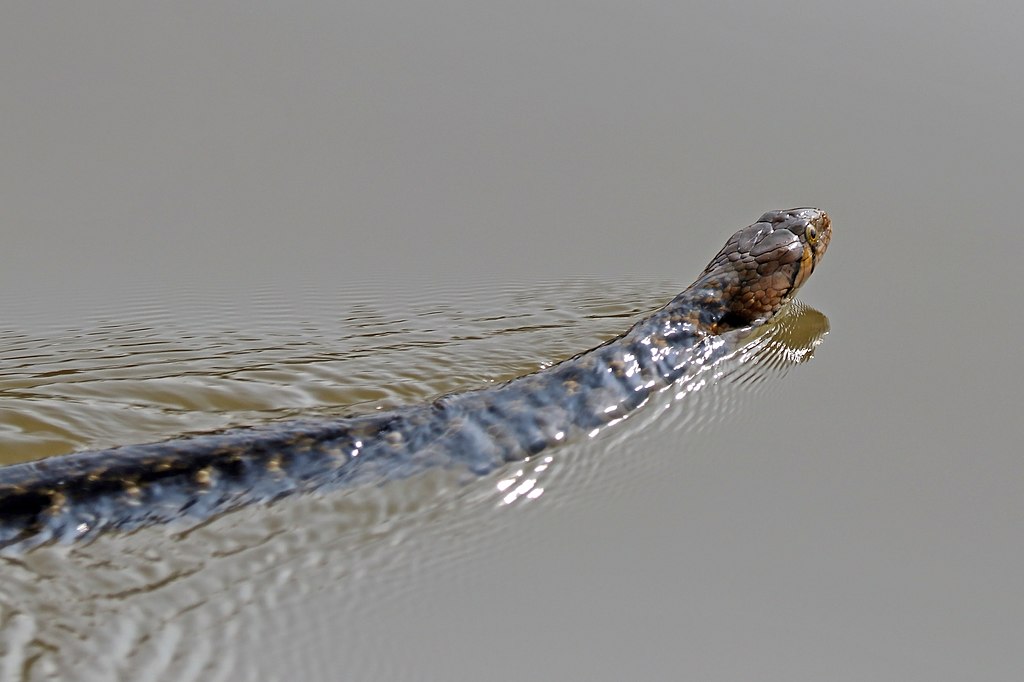
The intensity of a snake’s “pouting” response varies significantly across different species, with some being notoriously more sensitive to environmental disruptions than others. Ball pythons, for instance, are well-known for their dramatic responses to change, sometimes refusing food for months after a major habitat modification. Corn snakes tend to be more adaptable and may resume normal behavior within days of a tank change. King snakes and rat snakes generally fall somewhere in the middle of this adaptability spectrum. Highly specialized species, like green tree pythons or Amazon tree boas, can be particularly sensitive to changes in their arboreal setups. Understanding the typical sensitivity level of your particular snake species can help set realistic expectations for how long the adjustment period might last and what behaviors might manifest during this transition.
Minimizing Post-Change Stress

Experienced snake keepers have developed several strategies to minimize the stress response when habitat changes are necessary. One effective approach is to implement changes gradually rather than all at once, allowing the snake to adjust to small modifications before introducing others. Preserving some of the old substrate or tank furniture and mixing it with new materials helps maintain familiar scents that can comfort the snake. For deep cleaning, some keepers save a small portion of the old substrate to reintroduce to the fresh enclosure, providing olfactory continuity. Maintaining consistent handling routines during the transition period can also help reassure some species, though others may benefit from reduced handling until they’ve settled in. Finally, ensuring that temperature gradients and humidity levels remain consistent despite physical changes can significantly reduce physiological stress.
The Importance of Proper Hides

One of the most crucial elements in helping snakes adjust to tank changes is providing appropriate hiding spots in the new setup. Snakes are cryptic animals that need secure places to retreat and feel protected from potential threats. Without adequate hides, a snake’s stress response to environmental changes will be significantly intensified and prolonged. Ideally, a snake enclosure should include at least two hides – one on the warm end and one on the cool end of the thermal gradient – allowing the snake to thermoregulate while still feeling secure. These hides should be snug (the snake should feel the sides of the hide touching its body) and have only one entrance, which helps the snake feel protected from predators. During tank changes, prioritizing the placement of familiar hides in similar positions to the previous setup can provide continuity and significantly reduce the snake’s stress response.
When “Pouting” Becomes Concerning

While some level of behavioral change is normal after a tank modification, there are situations where a snake’s response may indicate more serious issues that require attention. Prolonged refusal to eat (beyond what’s typical for the species), visible weight loss, unusual posturing, excessive defensive behaviors, or signs of respiratory infection can all indicate that the snake is experiencing severe stress or health complications. If a snake refuses to use any of the provided hides or constantly tries to escape the enclosure for more than a week after changes, this may suggest that something fundamental is wrong with the habitat parameters. Regurgitation of meals, unusual defecation patterns, or discolored skin during shedding can also signal that the stress has progressed to affect physical health. In these cases, consulting with a reptile veterinarian or experienced keeper is advisable.
The Role of Handling During Adjustment Periods
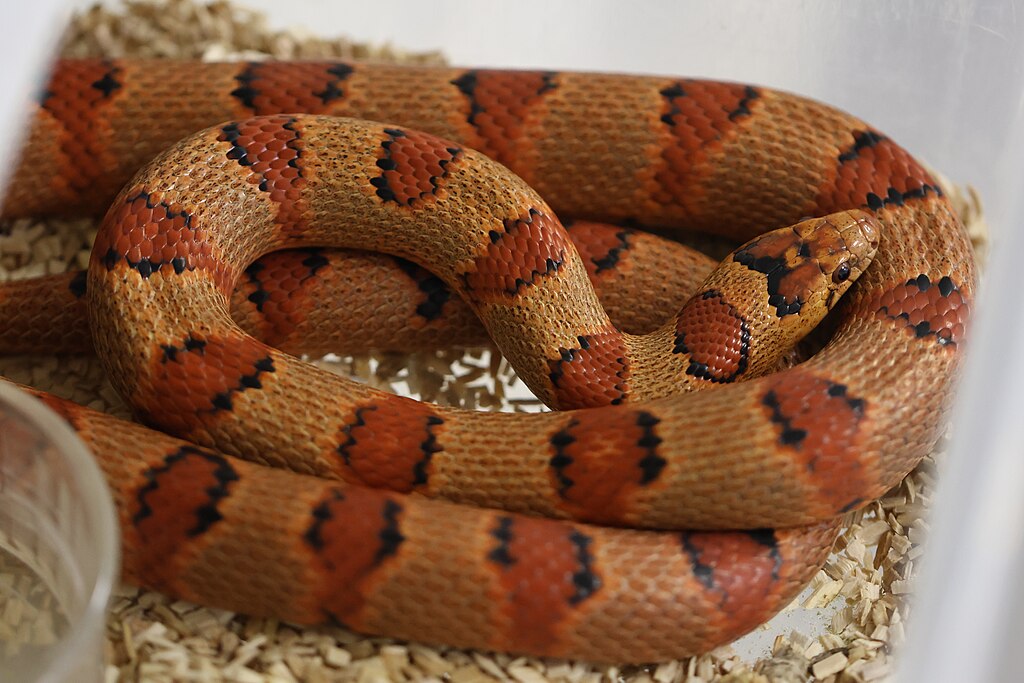
Opinions differ among reptile keepers regarding whether handling should continue normally during a snake’s adjustment period after tank changes. Some experienced keepers recommend maintaining regular, brief handling sessions to prevent the snake from becoming more reclusive or defensive in the long term. Others advocate for a hands-off approach, allowing the snake to settle into its new environment without the additional stress of handling. The best approach likely depends on the individual snake’s temperament and previous handling experiences. Naturally docile species that are accustomed to regular handling may benefit from continued gentle interaction, while more defensive or sensitive species might do better with minimal disturbance until they show signs of having adjusted to their new surroundings. Reading the snake’s body language and respecting signs of stress during handling is crucial regardless of which approach is taken.
The Psychological Aspect of Perceived “Pouting”
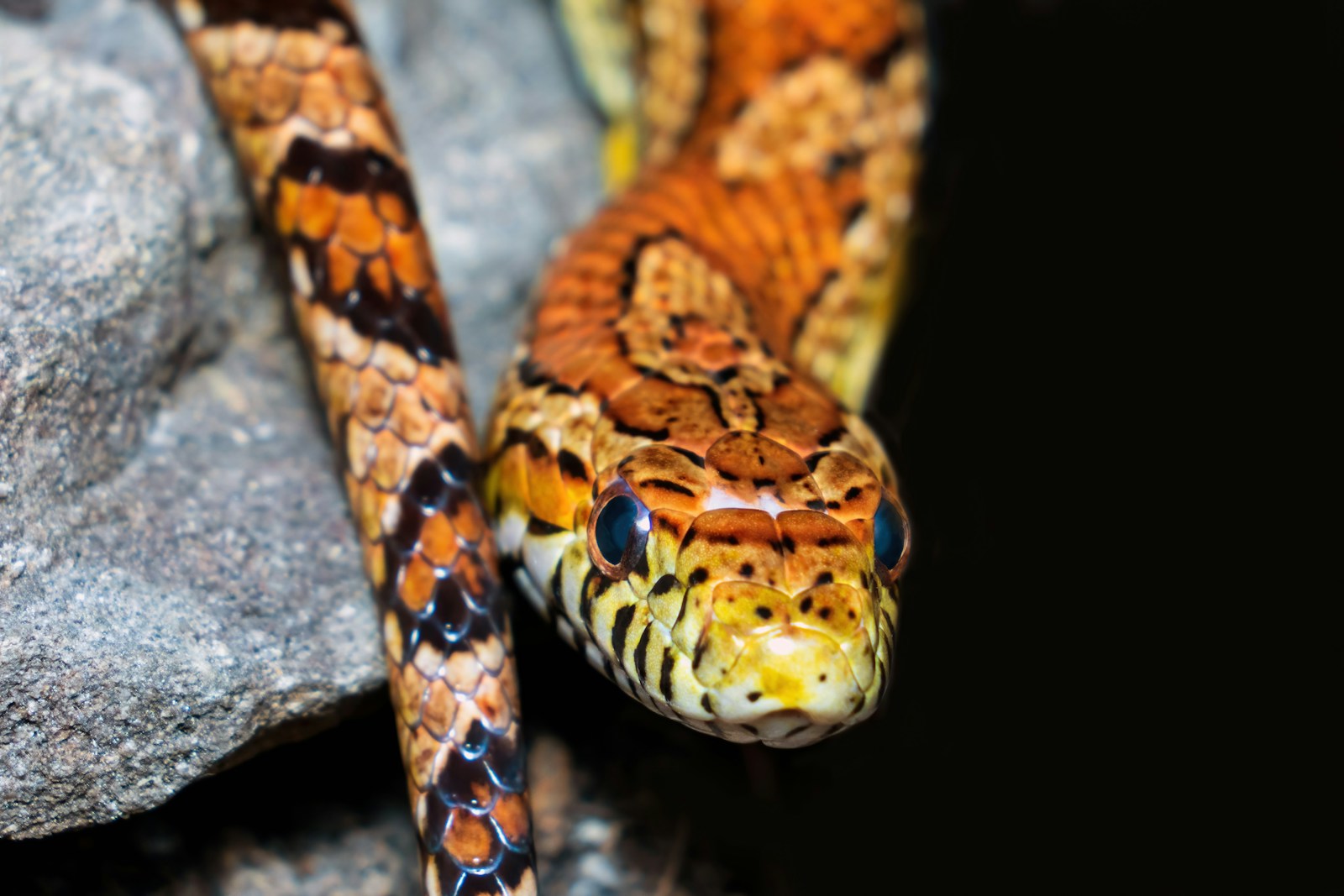
An interesting dimension of the snake “pouting” phenomenon involves the psychology of the human observers rather than the snake itself. Humans naturally anthropomorphize animal behaviors, attributing human emotions and motivations to actions that are driven by entirely different biological imperatives. This tendency can lead owners to perceive normal snake stress responses as emotional reactions like sulking or pouting, which can sometimes result in counterproductive responses from well-meaning keepers. Some owners might try to “make it up” to their snake with extra handling or treats, potentially increasing stress rather than alleviating it. Understanding the true nature of snake behavior and accepting that these animals experience the world very differently than mammals can help owners respond more appropriately to post-change behaviors. This perspective shift doesn’t diminish the bond between snake and keeper but rather enhances it through more informed care practices.
Balancing Necessary Changes with Snake Wellbeing
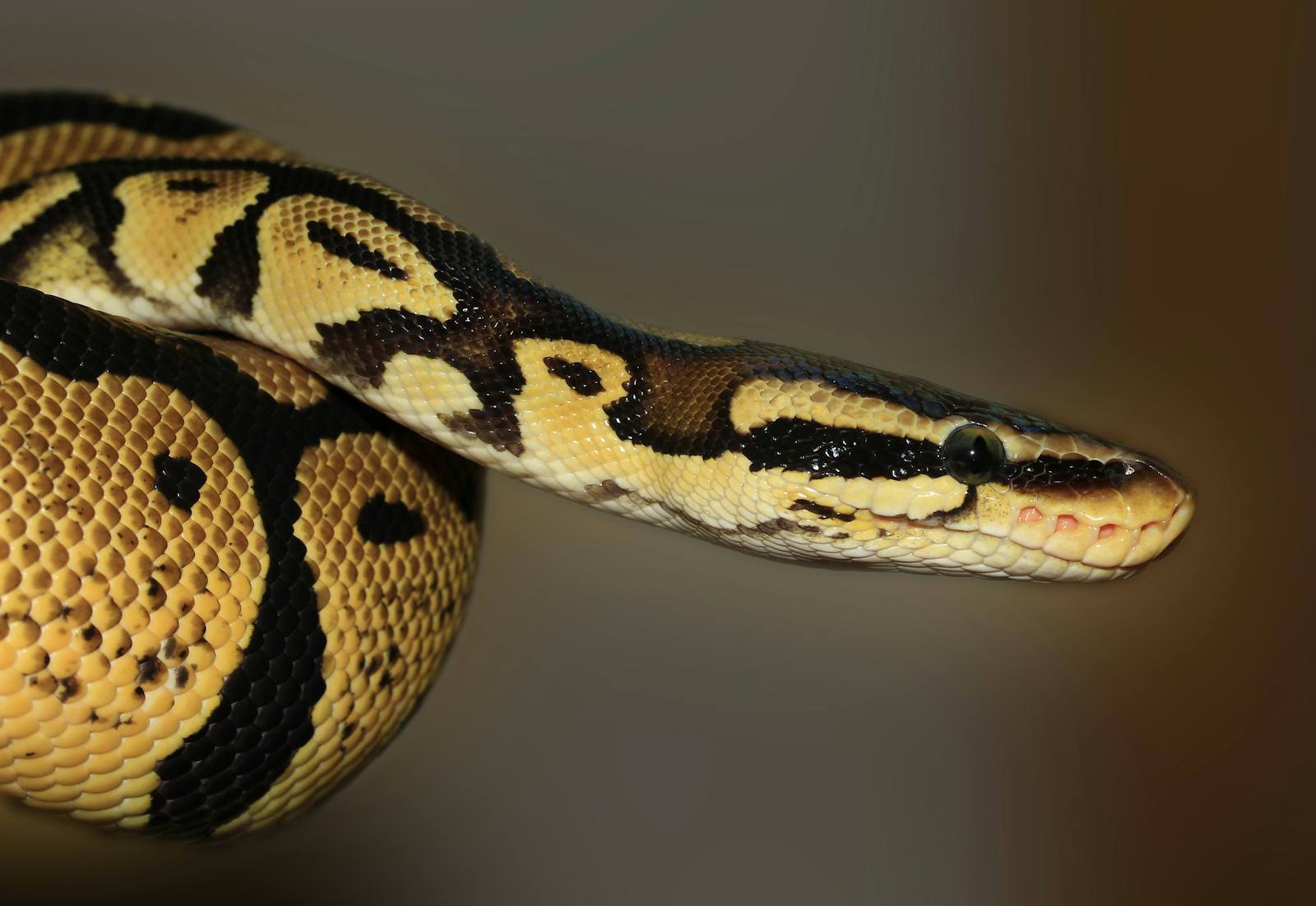
The reality of snake keeping is that habitat changes are sometimes unavoidable for proper husbandry. Substrate needs regular replacement, enclosures require occasional deep cleaning to prevent pathogen buildup, and growing snakes may need upgraded housing. The key to minimizing stress lies in thoughtful planning and execution of these necessary changes. When possible, scheduling tank maintenance during periods when the snake is not preparing to shed or digest a recent meal can reduce compounding stressors. For major habitat overhauls, ensuring that the new setup is fully prepared before moving the snake minimizes transition time. Some keepers find success with creating a temporary holding enclosure with familiar hide and water dish while completely redoing the main habitat. The goal isn’t to avoid changes entirely, but rather to implement them in ways that respect the snake’s biological needs for consistency and security.
Conclusion

The phenomenon of snakes “pouting” after tank changes illustrates the complex relationship between these reptiles and their environments. What appears to human observers as an emotional response is actually a sophisticated set of behaviors driven by evolutionary adaptations that prioritize safety and energy conservation in the face of environmental uncertainty. By understanding the biological foundations of these behaviors—from scent marking to thermoregulation needs—snake owners can better support their pets through necessary habitat changes. With thoughtful approaches to maintenance, appropriate habitat design, and respect for the adjustment period, keepers can minimize stress and help their scaly companions adapt more quickly to their refreshed surroundings. In the end, what might look like a temperamental response is simply your snake being exactly what nature designed it to be: a highly specialized creature with finely-tuned survival instincts.





